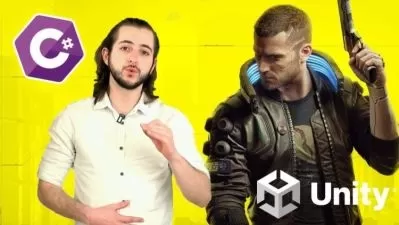Beginning C# 7 Collections
Simon Robinson
3:25:24
Description
Almost every app requires data to be stored in collections. This course gives you a basic introduction, covering the most widely used collections - arrays, lists, and dictionaries - and gets you up to speed with querying and modifying data in them.
What You'll Learn?
- Arrays
- Lists
- Dictionaries
Collections are essential to store almost any real data in apps, but the vast number of different collections can be confusing.
In this course, Beginning C# Collections, you will gain the ability to leverage the most commonly used collections to query data.
First, you will learn how and when to use the three most widely used collections to group data together:
Finally, you will explore how to put collections inside other collections to accomplish tasks such as partitioning data.
When you're finished with this course, you will have the skills to store data in collections, and to look up, enumerate, query, and modify that data using the collections in a variety of simple scenarios.
More details
User Reviews
Rating
Simon Robinson
Instructor's Courses
Pluralsight
View courses Pluralsight- language english
- Training sessions 94
- duration 3:25:24
- level preliminary
- Release Date 2023/12/09











